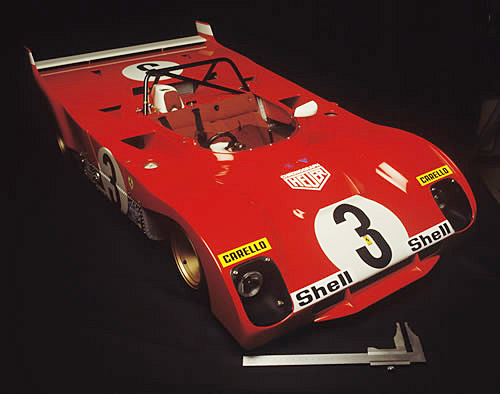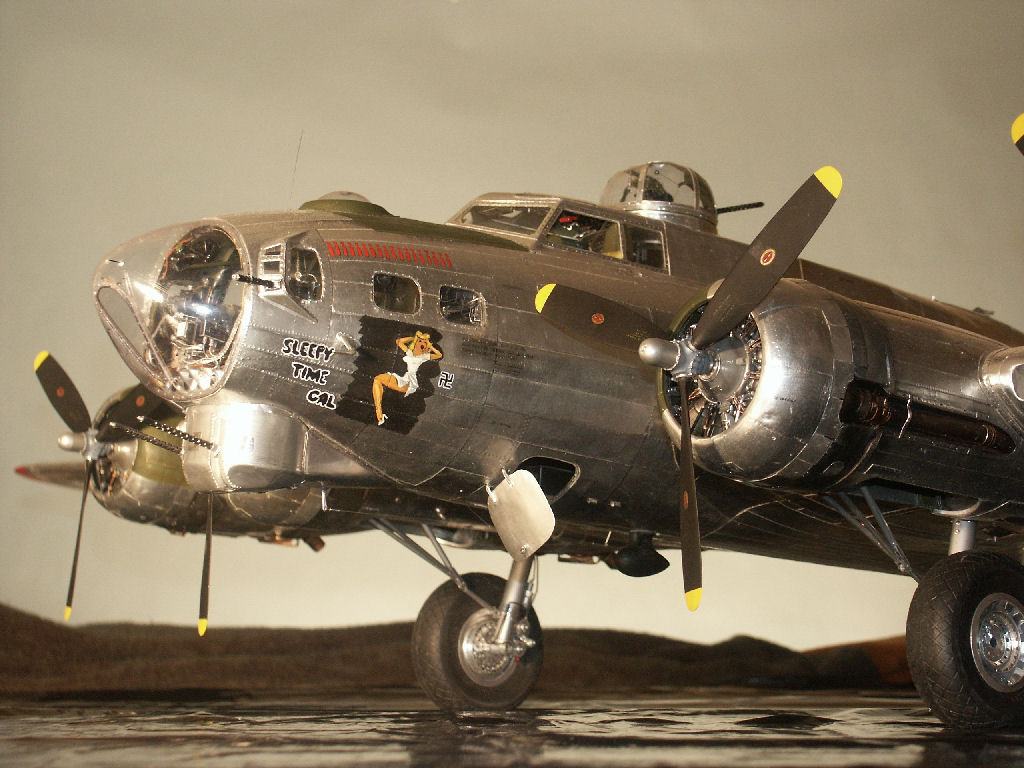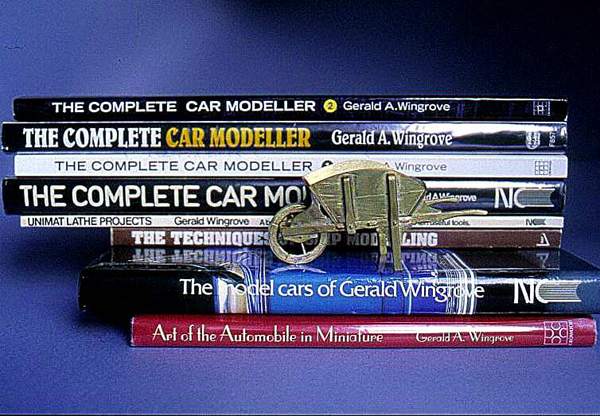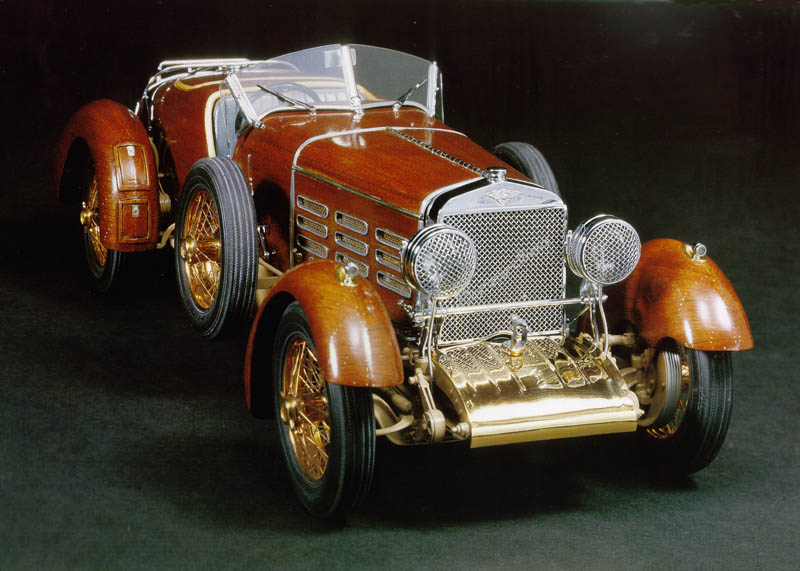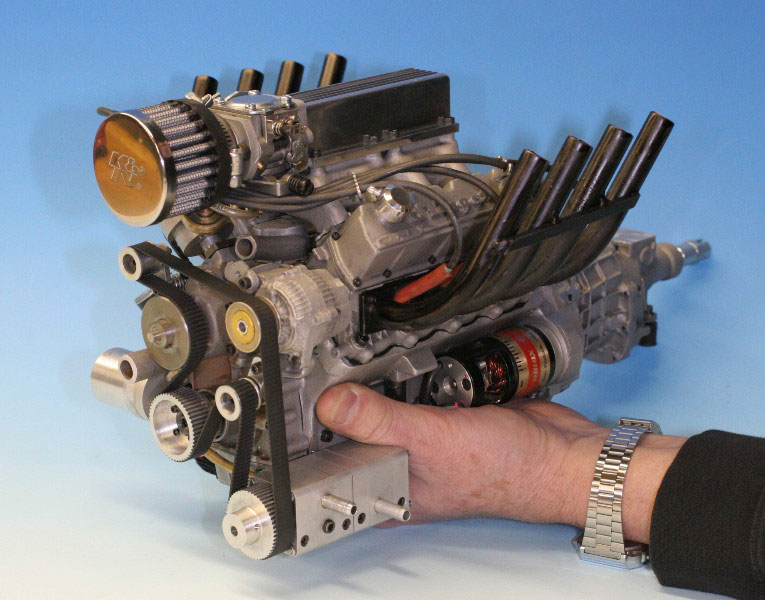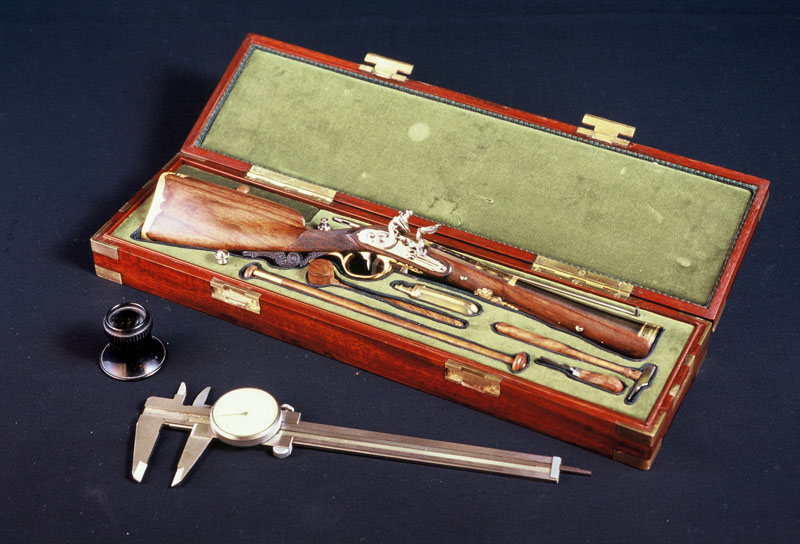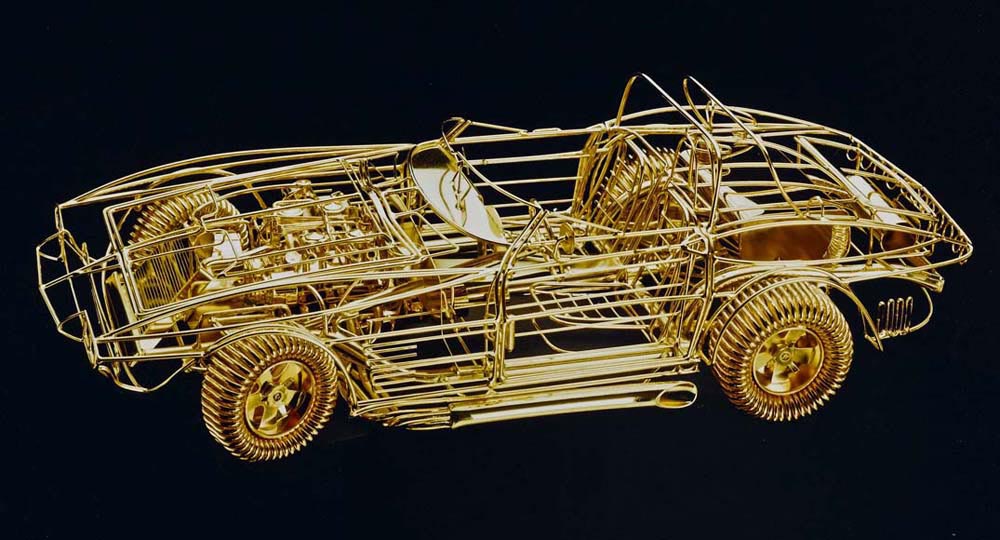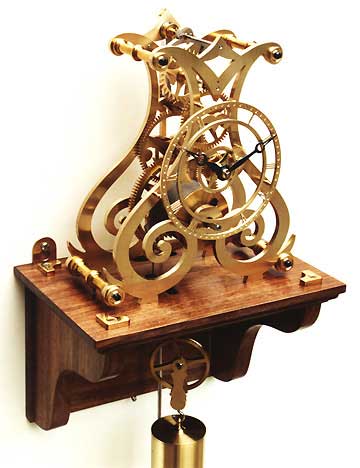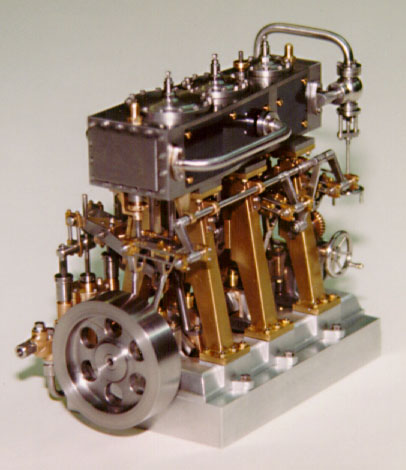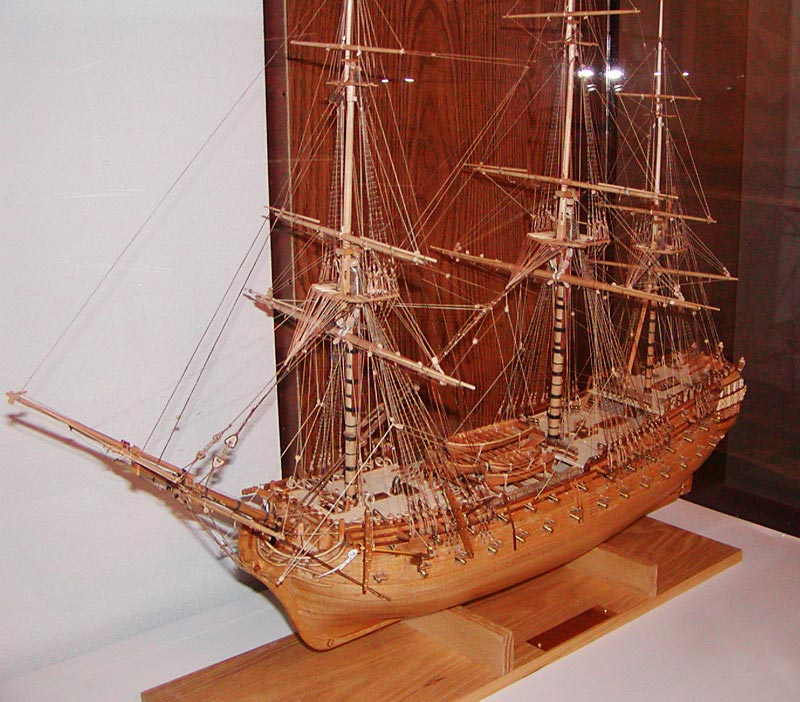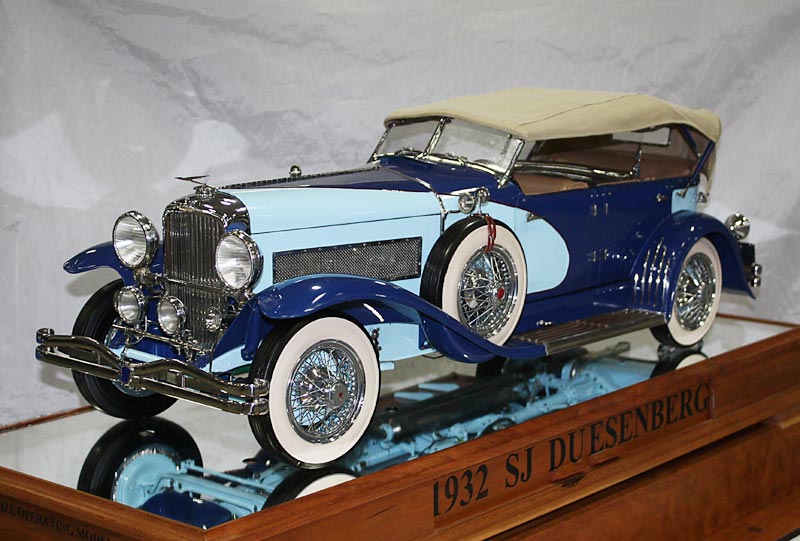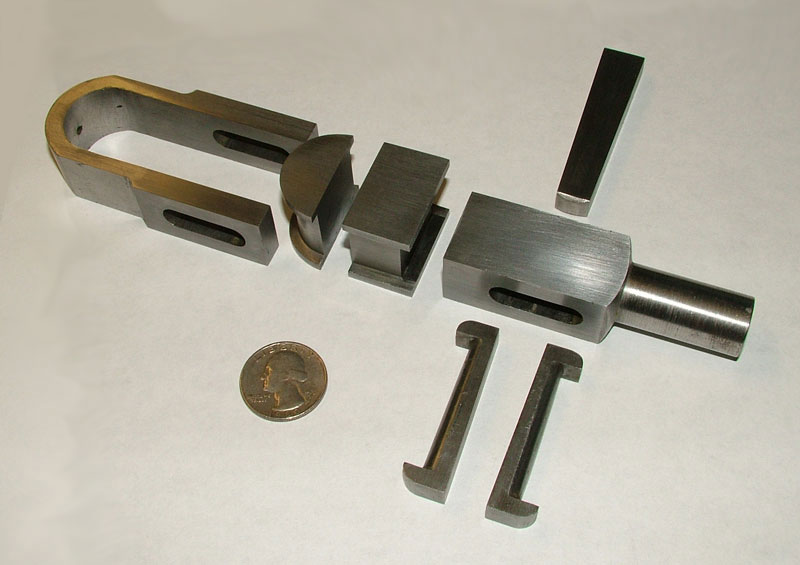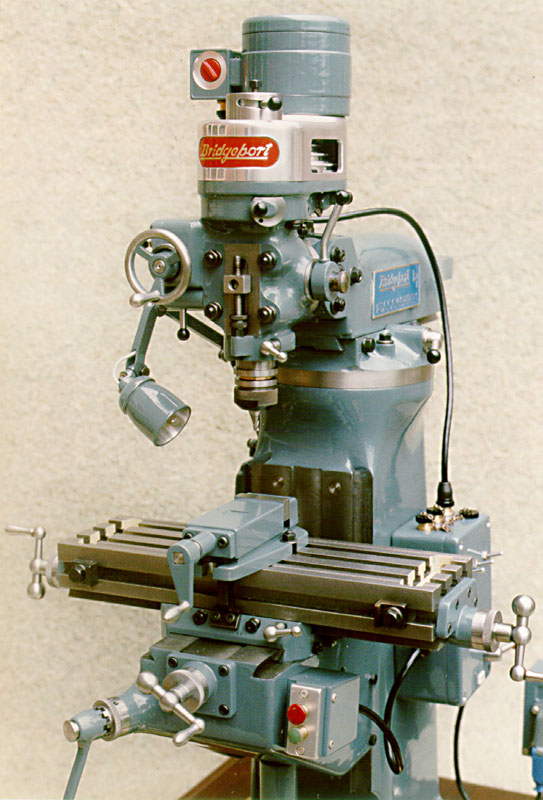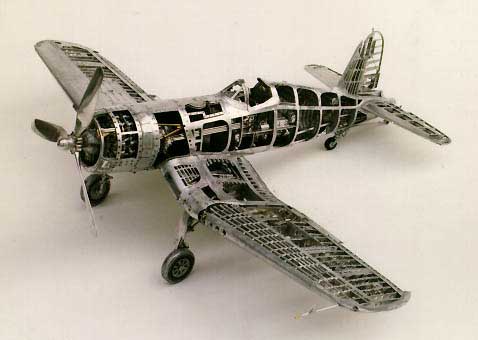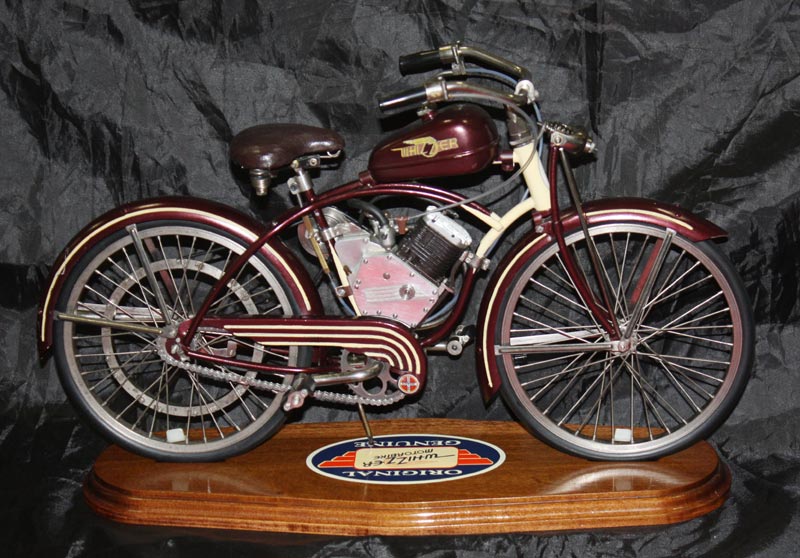The Art of Great Craftsmanship
“A person who works with his hands is a laborer. A person who works with his hands and his brain is a craftsman. A person who works with his hands, his brain and his heart is an artist.” —Louis Nizer
Joe Martin was the president and owner of Sherline Products Inc. for over 40 years. The company is one of the few remaining American manufacturers of precision machine tools. Joe was also a model builder and toolmaker. As such, he had a great deal of experience with precision tools at both ends of the size range.
The above quote, recalled from the shop wall of Joe Martin’s uncle, sums up his belief that craftsmanship goes beyond mere technical quality. It’s true that good machinery can produce parts with great consistency and accuracy when properly operated. However, without the craftsman’s touch the results will be acceptable, but not noteworthy.
Pieces that truly grab our attention and admiration go beyond the minimum—they add the element of a craftsman’s unique touch. When any piece of craftsmanship is made by a master of their given discipline, regardless of the craft, that work is worthy of special admiration.
The Miniature Engineering Craftsmanship Museum features work that represents the spirit and skill of individuals—not committees or manufacturing companies. These projects were built by people with skilled hands and an apt brain; however, most importantly, they were built for the love of the work. These projects should not just be judged as a collection of parts, but rather as art.
Pierre Scerri, who was named Craftsman of the Year for 2007, built this fully-functional 1/3 scale Ferrari 312 PB race car. The scale car was built to exacting standards, and even more impresssively, it was built to run! Calipers in front of the Ferrari provide scale reference for this enginerring marvel.
Although it has all the makings of a full-size plane, this immaculate B-17 was actually built at 1/15 scale. Professional scratch modeler, and the 2013 Craftsman of the Year, Guillermo Rojas-Bazan spares no details in his remarkable scale replicas.
The craftsmen represented in this museum have devoted many hours, often over periods of several years, to develop the skills necessary to build their projects. In many cases, some of the most worthy candidates are those who have contributed a significant body of work in a particular field over their lifetimes. The Miniature Engineering Craftsmanship Museum serves as a place to showcase the work of people who have been acknowledged as the very best of the best in their given fields. The exhibits and projects featured here were made by people who have undoubtedly paid their dues, and truly deserve credit not just as laborers, or even craftsmen—but as artists in their field.
Craftsmanship doesn’t have to be complicated. The 2005 Craftsman of the Year, Gerald Wingrove, made some of the finest model cars in the world, and wrote several books on the subject. A budding craftsman in France bought all of Gerald’s books with the intent of making a fine car, but decided to start with something simple. What could be a simpler wheeled vehicle than a wheelbarrow? So the man built his small wheelbarrow entirely from brass, and Gerald noted that the craftsmanship was still superb. The Craftsmanship Museum is dedicated to those who share this attitude toward excellence, no matter what the project is.
Gerald Wingrove built this 1924 Hispano Suiza H6C at 1/15 scale. The model presented a unique challenge in construction—namely because of its wood-planked body and full wood “pontoon” fenders. The tight grained pear wood on the model faithfully represents the original Honduras mahogany. Over 13,000 brass pins, each .012″ in diameter, were installed to represent the original brass rivets.
What is Craftsmanship?
Joe Martin’s main reason for establishing the foundation was to bring more awareness to the beautiful craftsmanship being produced by everyday people. Mr. Martin wanted the average citizen to understand the quality of this work. Truly outstanding craftsmanship exhibits a quality that inspires viewers beyond the object itself. In most trades, competent work is good enough. So long as the standards are met, any extra work toward perfection would be a waste of time, effort, and money. This is not the case for the craftsmanship featured in this museum.
The wide range of craftsmen honored here have used their trade skills to produce works of art, going beyond simple production. The quality of work far exceeds the bare minimum. It demonstrates competence and a level of perfection that can be recognized by many, but achieved by few. Frequently, this work involves building exact scale models of a variety of objects, often done simply for the love of the work. The builders’ satisfaction comes from the pursuit of perfection.
The 2017 Craftsman of the Year, Cherry Hill, built this 1/16 scale traction engine between 1990-2001 (approximately 6,500 hours). This model is unique because Cherry made her own original design for the traction engine, then patented it and built it in miniature. It’s modeled after an 1862 Gilletts and Allatt traction engine. The model engine weighs 15.4 kg., and consists of over 7,800 separate components.
Gary Conley, the 2012 Craftsman of the Year, designed and manufactured this 1/4 scale V-8 Stinger 609 engine. While many of the projects featured by the Craftsmanship Museum are scale replicas, a great deal of them also function like the original. Mr. Conley’s scale engines are a prime example.
Auto modeler Michael Dunlap sums up the mindset necessary to produce work of this quality:
“The issue I struggle with most days in my shop is, ‘When is it good enough?’ Whether I’m assessing the quality of an individual part, or a complete model, my answer is this: It’s good enough when, based on my current ability, any further attempt to improve it will probably cause it to be damaged. That having been said, my constant goal is to improve my abilities tomorrow over what they are today. For me, building model cars is a very personal expression. When I cease to improve my skills, and thus my models, I’ll go do something else.” —Michael Dunlap
Michel Lefaivre, the 2010 Craftsman of the Year, has built a number of incredible scale model firearms. This ornate 1/3 scale French hunting blunderbuss, from the Manufacture de Versailles, belonged to Prince Eugène de Beauharnais. The full-size gun is the property of the Louvre Museum, and is exhibited at the Hunting and Nature Museum at Hotel Guénégaud, Paris.
When Michael Dunlap built this gold plated wire model of a Corvette Grand Sport, he still considered himself a hobbyist. Many years later, he was able to turn that hobby into a full-time profession making the Goodyear Gold Car Award, which is presented to the NASCAR Cup Champion every year. The Craftsmanship Museum represents the fine work accomplished by all manner of craftsmen, whether working full-time, part-time, or in any other capacity. The quality of work is what matters most.
GM’s Approach to Craftsmanship Circa 1932
The General Motors Corporation used to run a contest for younger entrants called the Fisher Body Craftsman’s Guild Competition. The challenge was for students to build a copy of the Fisher Body coach, a Napoleonic era coach used as the symbol on the Fisher Body logo. GM supplied the plans, and offered several 4-year college scholarships as well as monetary prizes for the winners. Their opening statement in 1932 had some interesting advice to the contestants regarding craftsmanship. The following quotes were taken from the introduction:
“The desire to excel in craftsmanship should be uppermost in your thoughts. So, while you are building your model coach, think only of making it the finest piece of work you have ever produced. The praise of your friends and recognition by the Guild will take care of themselves if you have done your work like a real craftsman.”
“If you adopt this attitude toward your work, you will be surprised how much easier it will seem, and how much more pleasure it will bring you. Think of the fun it will be to make each little part of your model a masterpiece in itself, and then to fit each into its proper place and watch the solid, handsome coach gradually take form.”
“The surest way to get the greatest rewards from your work is to keep the ideal of fine craftsmanship always before you.”
The Joe Martin Foundation seeks to inspire a similar sentiment, valuing and recognizing the work of those who keep the constant goal of fine craftsmanship at the forefront of their labor.
Master clock maker, W.R. Smith, designed and built this elegant scroll skeleton wall clock. It has a seconds beating pendulum, weight drive, and an 8-day run. The clock won a silver medal in international competition at the NAWCC Craft Contest. Mr. Smith was also named Craftsman of the Year in 2000.
Bill Huxhold built this miniature triple-expansion steam engine as an entry for the 1997 Sherline Machinist’s Challenge contest. Unsurprisingly, it took first place. Two years later, Mr. Huxhold was named the Craftsman of the Year for 1999.
What Happened to Craftsmanship?
One of our featured craftsmen, William Gould, contributed a thoughtful essay on craftsmanship. Mr. Gould writes about the meaning of craftsmanship, why we should care, and how we can attempt to bring quality craftsmanship back in an age of instant gratification.
Additionally, Michelle Bennett wrote a well-thought article for Manufacturing Engineering magazine about putting students back in touch with principles of metalworking and manufacturing.
James Hastings, the Craftsman of the year for 2019, builds traditional plank-on-frame wooden ship models. Shown here is his scale model of the HMS Bellona. Admiral Nelson once served as the captain of this ship, and she was reportedly one of his favorites. It was a 74-gun ship of the line (1758-1814).
Louis Chenot’s incredible 1/6 scale 1932 Duesenberg model was photographed while on display at the 2010 NAMES Expo in Southgate, Michigan. This immaculate piece of miniature craftsmanship is now on permanent display in the Miniature Engineering Craftsmanship Museum in Carlsbad, CA. In 2009, the Joe Martin Foundation recognized Mr. Chenot with a Lifetime Achievement Award, and in 2011 he was named Craftsman of the Decade.
CNC Machines vs. Craftsmanship
A current ongoing argument among craftsmen concerns whether the use of computer controlled machines can possibly produce what we think of as fine craftsmanship. Some of our featured craftsmen have weighed in on the subject themselves, and offered their reflections in writing below.
-
Christopher Bathgate, who builds artistic metal sculptures using CNC, wrote about his thoughts on the subject.
-
George Britnell, a skilled machinist, has also offered his reflections near the bottom of his craftsman page.
-
Clen Tomlinson, who built a Napier Deltic engine using CNC, wrote about his perspective here.
“Craftsmanship is a marriage between the hands and the soul.” — Mark Adams School of Woodworking motto.
This mystery project exhibits a strong mastery of metalworking skills, yet nobody knows who made it.
Who Made the Above Project, and Why?
The project pictured above exhibits mastery in metalworking. Each hand-fitted piece was machined and filed to such close tolerances that you can barely see the joints when assembled. Gale Wollenberg noted that it may have been part of an apprenticeship program in order to qualify to be hired for a particular job. Because it resembles the cross-head of a connecting rod on a steam engine, it may have been made by a machinist in that industry as long ago as the 1800’s. The sad part is, it was purchased for fifty cents at a swap meet in Clairemont, CA by museum machinist Tom Boyer’s wife, and given to Tom as a curiosity.
The name of the original craftsman is no longer identified with the project, and their family obviously had no appreciation for its history—or the high level of skill needed to create it. It was sold off as apparent junk. This example illustrates one of the reasons that the Joe Martin Foundation was started; that is, to honor this type of work and the craftsman who created it.
Barry Jordan, the Craftsman of the Year for 2003, built this 1/5 scale Bridgeport milling machine. He used drawings from an old operator’s handbook for the model’s design. He also took dimensions from an actual Bridgeport being used at Gratton Engineering in Derby, England. The miniature Bridgeport is fully functional.
Jerry Kieffer built this Harley-Davidson Knucklehead engine at 1/6 scale. Remarkably, the tiny engine actually runs and sounds like a Harley. It was machined from bar stock, and no castings were used. The oil pump, sending unit, distributor, generator, and regulator are also functional. Jerry was the first recipient of the Craftsman of the Year Award in 1997.
Preserving the Work of Dedicated Craftsmen
If you have projects that exhibit a high level of skill, don’t assume that members of your family or your friends understand or appreciate what went into making it. It may end up at a swap meet or otherwise sold like the above piece. We ask that you consider donating all, some, or at least one of your best pieces of work to the Craftsmanship Museum. Those interested can also take advantage of the tax benefit for the value of the donation. That way a record of your skill will be preserved to inspire future craftsmen, and your name and story can be identified with your work. It is our goal to honor the most skilled and creative people in our society—the craftsmen.
The 2002 Craftsman of the Year, Young C. Park, built this 1/16 scale model Corsair. Most of one side has the outer skin, while the other side was left as a cutaway to reveal the internal components. The wings actually fold, the wheels and hook retract, and the controls work. This miniature aircraft took about 6,000 hours to build over a period of 5 years. The model is on permanent display at the Miniature Engineering Craftsmanship Musuem. (Photo courtesy of Augie Salbosa.)
Ron Colonna’s 1/4 scale “Whizzer” motorbike was a featured model at the 2010 NAMES Expo in Detroit. The whizzer is about 14″ long, and the engine runs just like the full-size version. Ron was the 2008 Craftsman of the Year.

